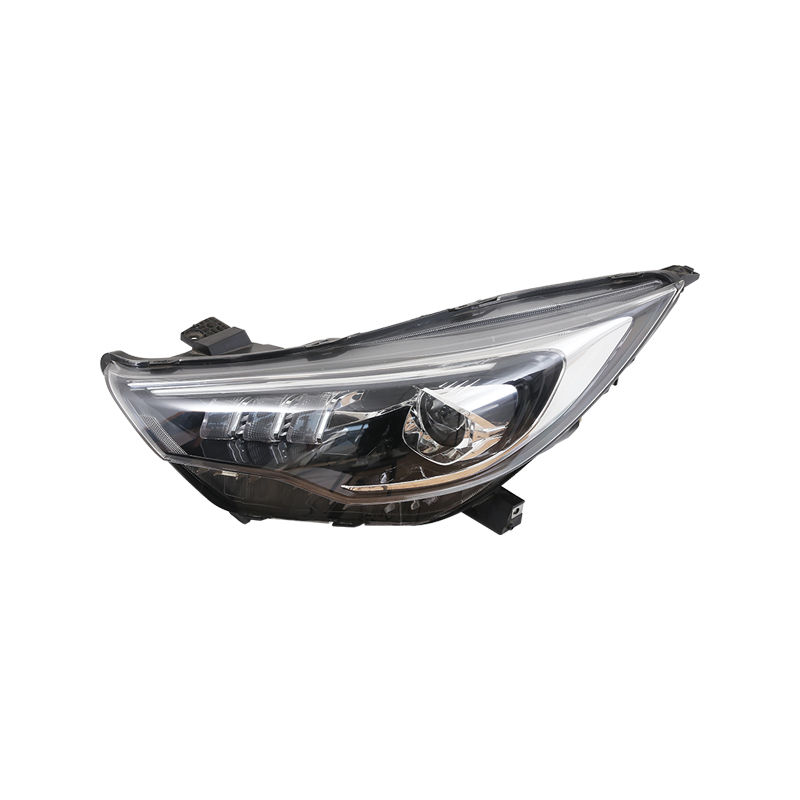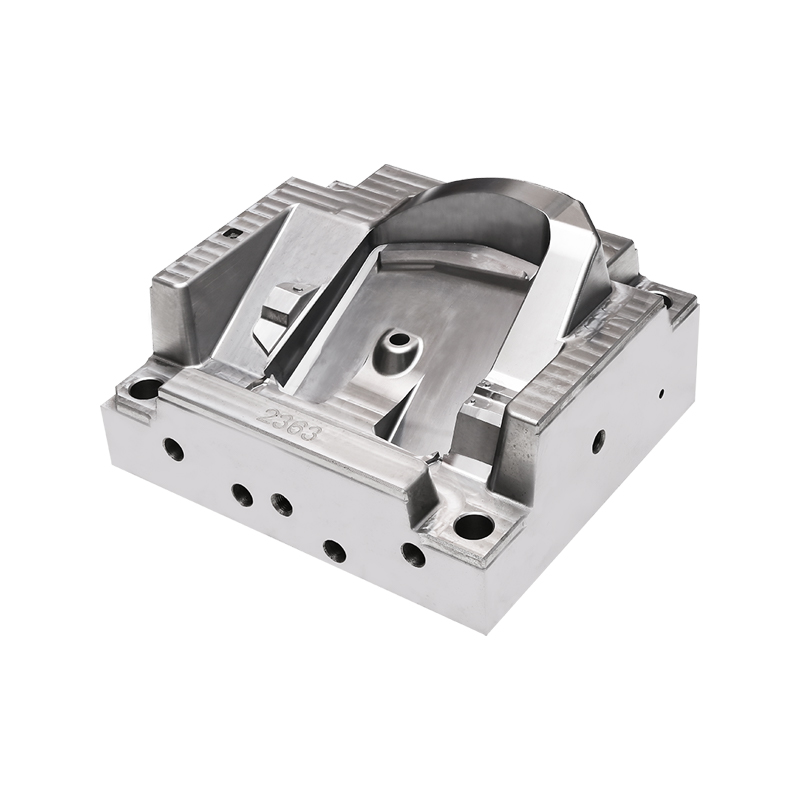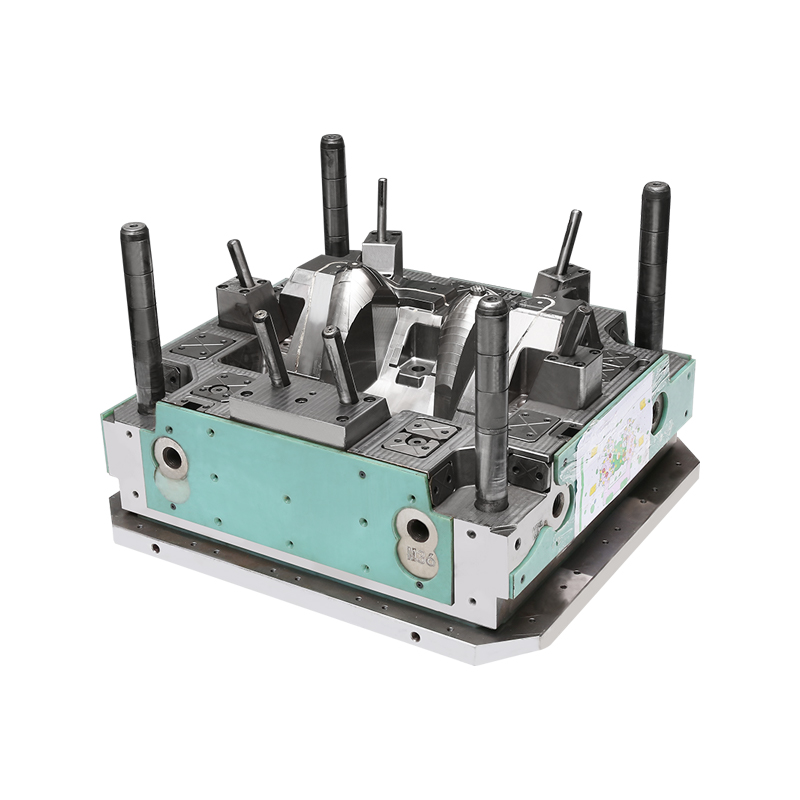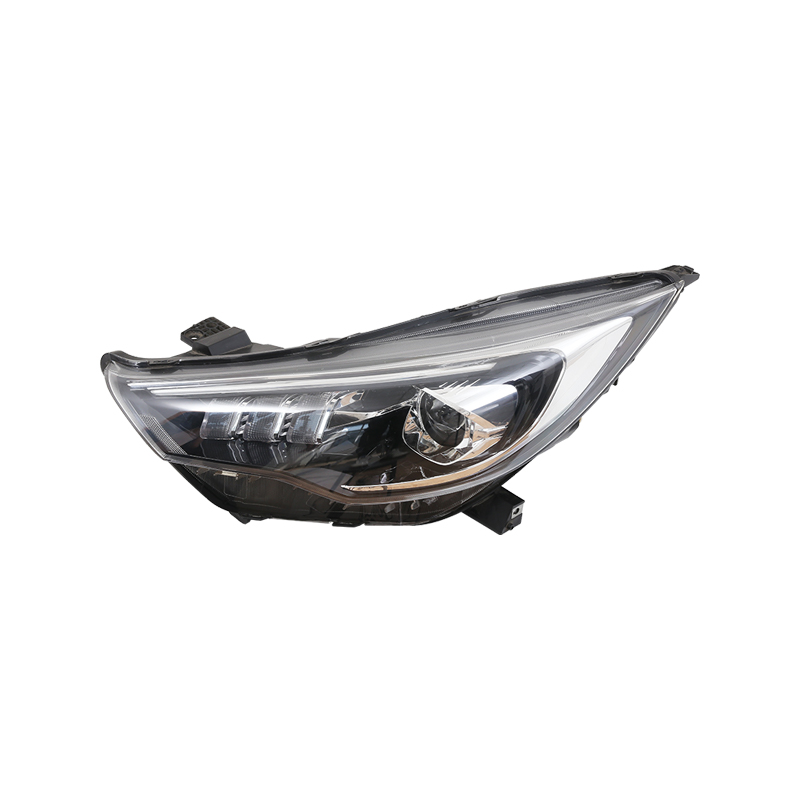Custom automotive injection molding car part For Sale
In the fast-paced automotive industry, where precision, durability, and performance are non-negotiable, car part molds play an indispensable role in shaping the future of vehicle manufacturing. These molds are not merely tools; they are the critical components that enable the production of high-quality car parts under conditions. From withstanding high temperatures to enduring prolonged exposure to wear and tear, car part molds must meet rigorous standards to deliver parts that contribute to the performance, safety, and longevity of modern vehicles.
The High-Temperature Demands on Car Part Molds
Automotive parts are frequently exposed to conditions. Engines, for example, generate considerable heat during operation, while various components of the vehicle, such as exhaust systems and brake parts, are directly exposed to high temperatures. This means that the molds used in the production of these components must be capable of withstanding intense heat without degrading or warping during the manufacturing process. The material selection for car part molds, therefore, becomes a key consideration.
Car part molds designed for high-temperature processes, such as die-casting or injection molding, must be built from materials with heat resistance. These molds are subjected to repeated cycles of high temperatures, and without proper heat resistance, they would warp, crack, or fail. Materials such as high-alloy steels, tungsten carbide, and heat-treated alloys are commonly used in the production of these molds. These materials have the thermal stability required to withstand the temperatures encountered during processes like aluminum die-casting or plastic injection molding.
The high-temperature demands on car part molds are not just a concern during the manufacturing process; they also impact the design and durability of the parts produced. If the mold can handle heat efficiently, the finished parts will maintain their dimensional integrity, which is essential for vehicle performance. For instance, if a mold used to produce engine parts becomes deformed under high heat, the resulting parts may not fit properly, to issues such as engine misfires or decreased performance. Therefore, a mold’s resistance to heat directly affects the overall reliability of the vehicle.
The Need for Wear-Resistant Car Part Molds
In addition to heat resistance, car part molds are also expected to endure constant wear and tear during their lifecycle. The automotive industry is characterized by high-volume production, and molds must be capable of producing thousands, if not millions, of identical parts without significant degradation. Over time, the repetitive pressure and friction that molds experience during the manufacturing process can cause them to wear out. For this reason, the wear-resistant properties of car part molds are crucial to their longevity and efficiency.

Wear resistance in car part molds is typically achieved by selecting high-quality steel alloys or advanced composite materials designed to withstand mechanical stress. Materials like chromium carbide, for example, are often used for their ability to resist abrasion and maintain their structural integrity over extended periods. These molds are engineered to handle the consistent impact and friction that comes with high-speed production lines, ensuring that they remain effective throughout their operational lifespan.
The wear resistance of a car part mold also ensures that the parts produced maintain the same high level of quality and precision throughout the production cycle. If a mold starts to degrade or wear down, even slightly, it can cause variations in the parts, such as dimensional inaccuracies, surface imperfections, or defects that affect their performance. For example, a slight loss in mold precision could result in improperly fitting components in the car's engine or chassis, to inefficiency or safety issues. By investing in wear-resistant molds, manufacturers ensure that each part meets the strict tolerances and quality standards demanded by the automotive industry.
The Synergy Between Heat Resistance and Wear Resistance
The true value of a car part mold is not just in its ability to resist heat or wear independently but in how well it combines these two properties. Molds that can withstand high temperatures while simultaneously resisting wear are essential for the production of high-performance automotive components. Take, for instance, the manufacturing of metal engine components such as cylinder heads or crankcases. These parts require molds that can withstand the high pressures and temperatures generated during the casting process. If the mold fails to do so, the cast parts will be compromised in both their structural integrity and their ability to perform efficiently.
A mold that is both heat-resistant and wear-resistant will also reduce the frequency of maintenance and replacement. For manufacturers, this means less downtime, fewer production delays, and lower costs associated with mold upkeep. Given the high cost of mold replacement and the potential production losses from faulty molds, choosing the right materials and ensuring the mold has both heat and wear resistance can offer significant long-term benefits. By using durable materials, manufacturers can increase the longevity of their molds, reduce overall costs, and maintain a steady production flow.
The Role of Advanced Mold Technology in Meeting These Demands
As the automotive industry advances, so does the technology used to design and manufacture car part molds. Computer-aided design (CAD) and simulation software now allow manufacturers to create and test mold designs digitally before they are even built. This technology enables precise calculations of the thermal and mechanical stresses that molds will experience during the production process. By simulating these conditions, manufacturers can ensure that their car part molds will perform as required under high temperatures and stress without the need for costly trial and error.
Furthermore, the advent of additive manufacturing or 3D printing has revolutionized mold production. Through 3D printing, manufacturers can now create highly complex mold structures that would be difficult or impossible to achieve using traditional methods. These molds can be designed with internal cooling channels, which improve heat distribution and enhance the mold’s heat resistance. Moreover, the use of 3D printing allows for faster prototyping and testing, ensuring that molds meet the required standards before they are put into full-scale production.
Another notable development in mold technology is the use of coatings that enhance both heat resistance and wear resistance. For example, ceramic coatings can be applied to molds to provide a barrier against high temperatures, reducing the thermal expansion and deformation of the mold material. Similarly, hard coatings such as nitriding or carburizing are used to improve the surface hardness of the mold, further enhancing its resistance to wear and extending its operational lifespan.
The Future of Car Part Molds
The future of car part molds lies in continued advancements in material science, precision engineering, and mold design. As the automotive industry shifts toward electric vehicles (EVs), there will be new challenges and demands for molds to accommodate lighter, more complex materials, and to maintain efficiency in the face of evolving production methods. Lightweight composites, for instance, require molds that can handle both high pressures and temperatures without causing deformation. As manufacturers move towards zero-emission vehicles and more efficient production processes, the role of car part molds will be more critical than ever.
Additionally, ongoing improvements in automation and artificial intelligence (AI) will likely streamline mold production even further, ensuring that the molds used in automotive manufacturing are even more precise and capable of handling conditions. These technologies will help create smarter molds that can predict wear and heat stress, allowing manufacturers to optimize mold performance in real-time and extend the life of their molds.
Car part molds are vital to the automotive manufacturing process, especially when it comes to producing components that must endure high temperatures and significant wear. By ensuring that molds are made from materials that can withstand these harsh conditions, manufacturers can produce car parts that meet the standards of quality and performance. With the constant demand for better, more efficient vehicles, the evolution of car part molds will continue to be a cornerstone in driving the future of automotive manufacturing.

 English
English 中文简体
中文简体 русский
русский Español
Español








